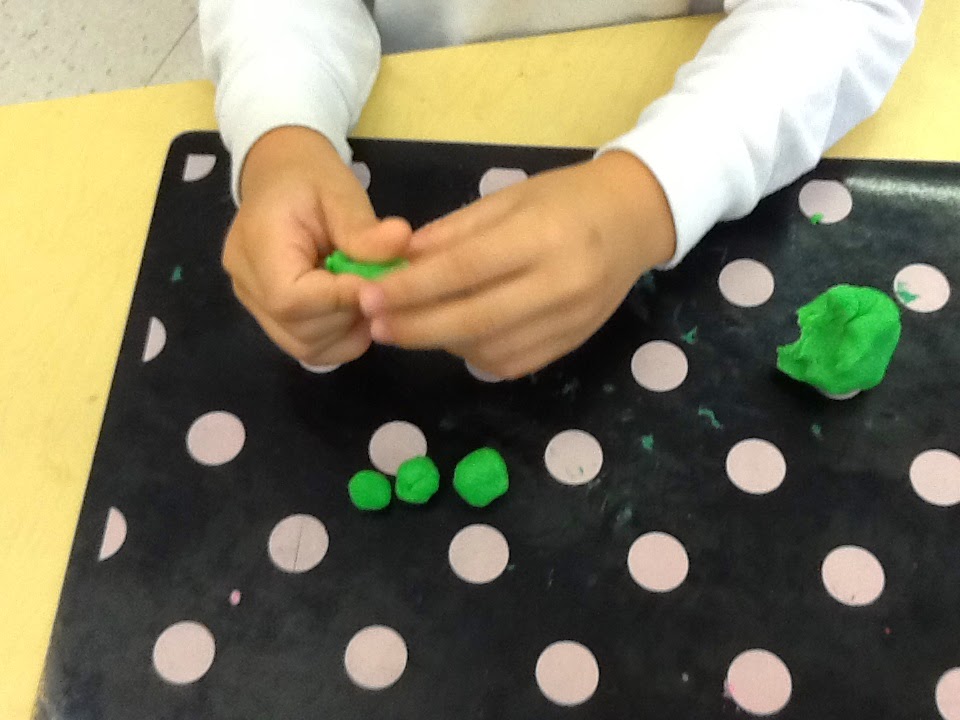Exploring our Classroom
First Week Provocations and Discoveries
Different activities and provocations were arranged in the classroom for the children to explore and discover this week. More classroom materials will be gradually introduced to the children as we delve deeper into the curriculum and begin to explore inquiries.
An Invitation to Explore Line:
In this invitation, students were invited to use small rocks and beads to trace over different lines. Students used words such as "zig zag" and "curly" to describe the different lines. Some students experimented with patterns on the lines. Students enjoyed feeling the smooth textures of the beads and rocks. This invitation supported fine motor development as children arranged small objects along a line formation.
Text Connection: The Line
An Invitation to Explore Dots:
In this invitation, students were invited to experiment with different circular "loose parts". They created pictures and designs with the circles and used mirrors for reflection. Many students placed the circles inside each other and organized the circles from biggest to smallest.
Text Connection: The Dot
In support of our "Dot" explorations, students had an opportunity to listen to the animated version of The Dot story. Students discussed the main events that took place in the story and noted that Vashti was always asked to sign her work! Students will continue to use dots to create pieces of art and they will be encouraged to sign their art pieces just like real artists. This is in preparation for International Dot Day which we will celebrate on September 15th!
You can access the animated version of the story here:
We also sang along to The Dot song! This song inspires children to make their mark!
You can sing along at home by clicking on this link:
More Dot Explorations:
Using play dough, students were invited to use different dots to design pictures. Students recorded their creations using pictures and words. It was wonderful to see the creativity emerge. No two creations were alike! This activity supported children's fine motor development as they manipulated the play dough and arranged circles to create different pieces of art. This also introduced students to writing as they recorded pictures and orally explained their creations.
We are excited to continue to use dots to create more pieces of art next week!
















































.jpg)



.jpg)


